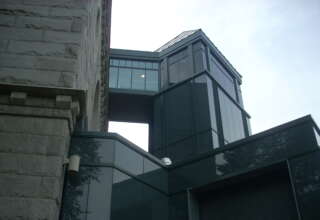
What makes the term “Doctor” and the roles played by professionals in contemporary societies so powerful is the intertwining of the secular factors just listed with the deeply embedded factors residing in the sacred world. Ultimately, Law doesn’t replace scripture and canon, rather together they create a force that propels many of the remarkable benefits (and costs) associated with the professional care offered in many domains of contemporary human life.
Context IV: Professions and “Doctor” in the Science and Humanities Cultures
The intertwining of secular and sacred factors that empower the professions and give meaning to the term “Doctor” require that there is an accompanying intertwining of two cultures in our society that are often at odds with one another: the sciences and the humanities. A distinction between these two cultures was first offered by C. P. Snow (2012). He proposed that the culture of science resides in (and in some ways dominates) our current world of epistemology and technology. While his observations pertain to most societies in the world, he focused on societies in the Western world (and British society in particular).
The Two Cultures: Science and Humanities
Snow’s thesis was that there was a major communication breakdown between the sciences and the humanities at the time (1959) when he delivered his lecture and published his book on these two cultures. As both a novelist (humanities) and scientist (science), Snow argued that an ever-deepening gulf of incomprehension separated the two kinds of academic pursuit, dislike and mistrust. The split yielded a major hindrance to solving the world’s problems.
The scientist generally required empirical tests (“verification”) of anything presented as being “real” and “correct.” At the same time, the humanists declared that our world can’t be fully comprehended and appreciated only through the restricted lens of scientific inquiry. Snow and those who built on Snow’s work went on to trace the implications for formulating public policy, investing in technology and establishing social hierarchies in the professional worlds to be found in many societies.
We would suggest that Snow’s analysis applies also to the understanding and appreciation of a specific society’s use of the term “Doctor.” Specifically, those working in the sciences who have earned an academic doctorate are more likely to be called “doctor” than those awarded an academic doctorate in the humanities. We would suggest that the sciences are considered closer to the medical field than are the humanities—in fact, it is not unusual to identify medicine as a biological science and to equate “evidence-based” medicine with the formal empirical procedures in which scientists supposedly are engaged.







